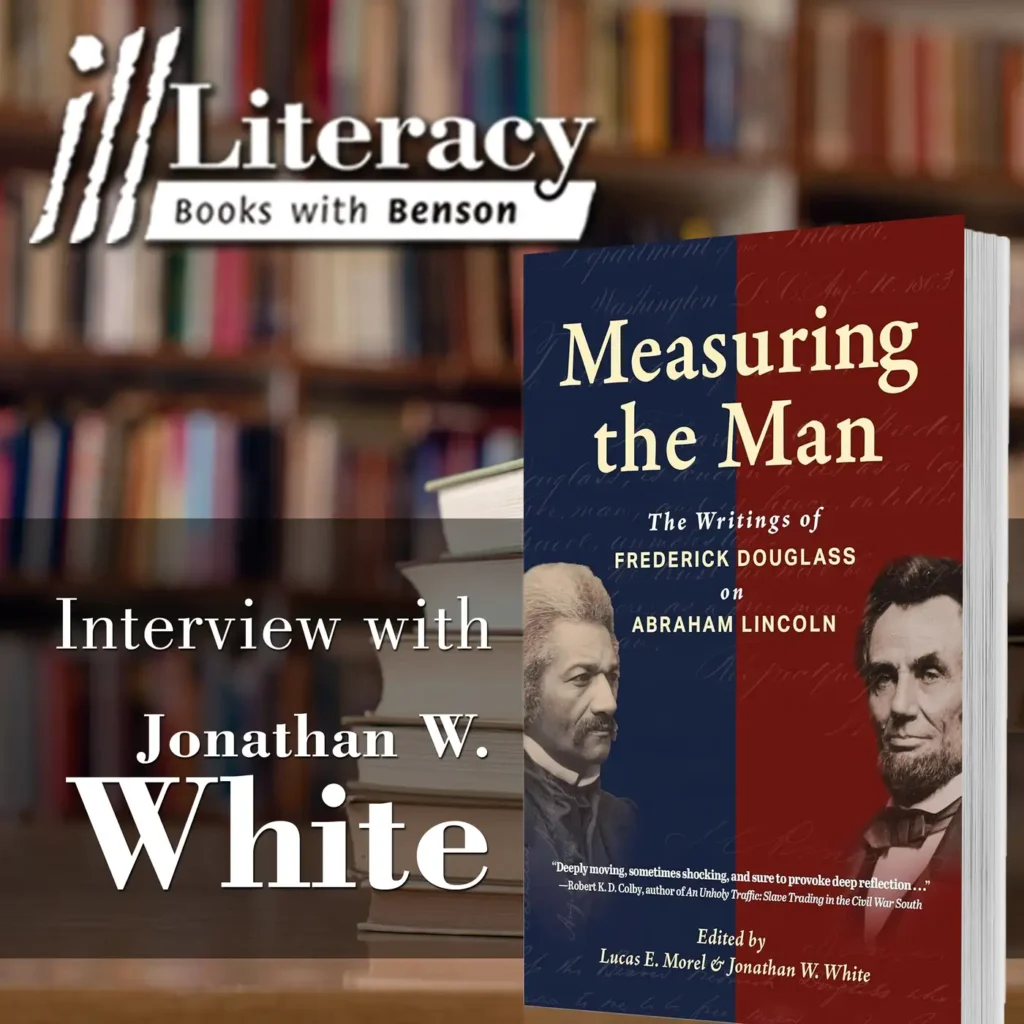On October 30, the Illinois State Board of Education released the 2023 Illinois School Report Card, which reveals that the Prairie State is failing miserably in one of its most basic and essential tasks: properly educating the next generation of Illinoisans to thrive in an increasingly competitive world.
“We are moving fast toward recovery, but we still have a significant distance to travel,” said State Superintendent of Education Dr. Tony Sanders. While Sanders is correct in admitting that there is ample work to be done, his assessment that the state is on the fast track to recovery is quite a stretch considering academic achievement is stagnant at best, and in many cases, is trending in the wrong direction.
Consider. The Illinois Assessment of Readiness measures math and English language arts (ELA) skills for all Illinois students enrolled in public schools for grades three to eight. In 2023, only 35.4 percent of Illinois public school students met or exceeded proficiency levels for ELA and only 27.1 percent met or exceeded proficiency levels for math. In 2019, 37.8 percent of students met or exceeded ELA proficiency standards and 31.8 percent met or exceeded proficiency levels in math.
Moving on to high school, where the SAT is used as the general assessment tool, only 31.6 percent of Illinois students met or exceeded the proficiency standard for ELA whereas 36.3 percent scored proficient in 2019. In math, a similar trend emerges. In 2023, 26.7 percent of Illinois high schoolers scored proficient in math. In 2019, the number was 34.4 percent.
On the National Assessment of Education Progress (NAEP), “the largest nationally representative and continuing assessment of what America’s students know and can do in various subject areas,” Illinois students performed far worse in 2023 than they did in 2019. For instance, in 2019, 56 percent of Illinois fourth graders scored proficient in ELA. In 2023, that dropped to 31 percent. Even worse, the percentage of Illinois fourth graders who tested proficient in math decreased from 69 percent in 2019 to an abysmal 21 percent in 2023.
Similar trends are found in NAEP ELA and math scores for Illinois’ eighth graders. In 2019, 69 percent scored proficient or higher in ELA versus only 34 percent in 2023. Likewise, in 2019, 60 percent of eighth graders tested proficient in math while just 26 percent did so in 2023.
Sadly, it is not just academic achievement and test scores that are headed in the wrong direction. So, too, is “chronic absenteeism.” In 2019, 17.5 of Illinois students missed at least 10 percent of school days with or without a valid excuse. In 2023, that number increased to 28.3 percent. Also, in 2023, 19.9 percent of all students were “chronically truant.” Overall, the state truancy rate was 25.1 percent in 2023.
Student discipline has also become a major problem. In 2023, the state recorded 250,351 “Discipline Action Incidents” committed by 114,218 students. This includes 15, 219 incidents involving violence with physical injury and 2,644 dangerous weapon incidents.
As a former public school teacher in Illinois and South Carolina, I am not all that surprised by the awful academic achievement and the unruly behavior that is all too common in public schools these days.
In Illinois, approximately 85 percent of students attend public schools. Like most blue states, Illinois has very limited options in terms of school choice. However, only 38 percent of Illinois residents think K-12 education is “headed in the right direction.”
If “costs weren’t a factor,” 41 percent of Illinois parents would choose to send their children to a private school, 9 percent would home school, and 5 percent would choose a charter school. Incredibly, only 41 percent prefer their children attend an Illinois public school.
Even more incredibly, Illinois spent $39.1 billion on public education last year, of which 99.8 percent was allocated to public schools and 0.2 percent was left for all school choice programs combined. Meanwhile, the state spent on average $20,152 per pupil in public schools whereas the average tuition for a private school registered at $8,464.
Recent polling shows that Illinois parents overwhelmingly desire school choice, including 71 percent of black voters and 81 percent of Hispanic voters. However, in Illinois, teacher unions, special interest groups, and too many political leaders remain dedicated to stopping school choice at all costs. Yet, in a blatant display of hypocrisy, many of those devoted to preventing school choice for the masses send their own children to private schools.
For far too long, Illinois families have been unable to benefit from universal school choice. But, the tide seems to be turning. In recent years, a number of states have passed universal school choice legislation. Before it’s too late, Illinois lawmakers should do the right thing and pass a universal school choice bill. I hope Gov. Pritzker would sign the bill, considering he sends his children to private schools, too.
Photo by SecretName101. Creative Commons Attribution-Share Alike 4.0.



